
October 21, 2013
6 Daring Train Robberies
By Evan Andrews
Almost as long as there have been trains, there have been train robberies. These dramatic stickups have become the stuff of legend thanks to dime novels and Hollywood westerns, but they also account some of the most fascinating—and lucrative—true crimes ever committed. From high profile capers by the likes of Jesse James and Butch Cassidy to a raid by a gang of Indian political dissidents, find out more about six of history’s most audacious rail heists.
train robbery1. Jesse James’ Iowa Train Robbery
Notorious outlaw Jesse James is best remembered as a bank robber, but he was also one of the first bandits to hold up a moving train. The earliest of these heists came on the evening of July 21, 1873, near Adair, Iowa. After gathering information on the train schedule, James and his gang loosened a section of track on the Chicago, Rock Island and Pacific Railway. As their target rounded a blind curve, the thieves used a rope to dislodge the track, causing the locomotive to derail and topple into a ditch. The crash killed the engineer and badly injured another man, but the rest of the cars lurched to a stop on the tracks.
Disguised behind white cloth masks, two of the robbers—most likely Jesse and his brother, Frank—boarded the train cars and sought out a safe belonging to the U.S. Express Company. The gang had been led to believe it would contain a large cache of gold bullion, but upon opening it they found only a meager $2,000. Disappointed, the men resorted to robbing the stunned passengers of their money and valuables. Despite its modest haul, the Adair robbery shocked the public for its sheer boldness, and went a long way toward establishing Jesse James’ reputation as a folk hero and celebrity criminal.
2. The Great Train Robbery of 1963
The biggest train robbery in British history came in 1963, when a gang of 15 thieves stole more than $7 million in banknotes—the equivalent of $60.5 million today—from a Royal Mail train. In the early morning of August 8, the robbers rigged a false red signal light near a section of track called Sears Crossing. When the locomotive stopped at the light, more than a dozen men in ski masks appeared, beat the driver with a metal rod and uncoupled most of the cars. After forcing the driver to move the remaining cars to a rendezvous point a mile up the track, the thieves formed a human chain and quickly transferred 120 bags of money—most of them containing bills set to be removed from circulation—into three waiting vehicles.
After escaping the scene, the robbers hid out for several days in a nearby farmhouse, where they celebrated by playing Monopoly with their two-and-a-half tons of stolen cash. Spooked by the high police presence in the area, the men eventually divided the loot and split up. Police were later called to the scene, where they discovered heaps of evidence—including fingerprints on the gang’s Monopoly board—that helped them track down the thieves. Twelve of the gang members were eventually arrested and sentenced to a total of 307 years in prison.
3. The Great Gold Robbery of 1855
Most train robberies are high profile crimes committed by armed bandits, but the Great Gold Robbery was the railway equivalent of a cat burglary. The heist was discovered in May 1855 in Paris, when authorities found that the gold in four lock boxes shipped from London had been partially replaced with lead shot. The boxes had been kept in double-locked safes and showed no signs of having been tampered with. At some point during the train journey between England and France, around 12,000 British pounds worth of gold bullion—the equivalent of some $1.5 million in modern day currency—had simply vanished.
As police would later learn, the crime was a carefully planned inside job. Working with a stationmaster and a train guard, masterminds Edward Agar and William Pierce had obtained wax imprints of the safe keys and painstakingly made copies. On the night of the robbery, the men disguised themselves as gentlemen and boarded the train in London carrying luggage filled with lead. Once in transit, Agar and Pierce stowed away in the baggage car and used their copied keys to open the safes. After switching the gold with their dummy lead weights, they resealed the boxes and disguised the loot in their luggage before exiting the train in Dover. The heist would have been the perfect crime, but Agar later confessed to authorities after he was arrested for a separate offense. Police rounded up his accomplices shortly thereafter.
4. Kakori Train Robbery
Most rail heists are inspired by blind greed, but many in India saw 1925’s Kakori Train Robbery as an act of political protest. The holdup was the work of the Hindustan Republican Association, a band of militant revolutionaries who sought to free India from British colonial rule. The HRA often resorted to robbery to fund their rebellion, and on August 9, 1925, they set their sights on a British train operating in what is now Uttar Pradesh.
As the train neared the town of Kakori, ten armed revolutionaries led by Ram Prasad Bismil overpowered the guards, hijacked the locomotive and brought all the cars to a screeching halt. While the rest of the men stood guard, four robbers made their way to the guard’s van and used hammers to batter their way into a British safe filled with moneybags. All ten of the revolutionaries escaped without injury, but in the chaos of the heist one passenger was killed in an accidental shooting. The men eluded capture for over a month, but by September the train robbers had been arrested along with around 30 other revolutionaries. Bismil and three other men were later executed by hanging in 1927.
5. The Rondout Train Robbery
The biggest rail heist in American history was the work of the “Newton Boys,” a band of four Texas brothers who robbed at least 60 banks and six trains during their lucrative criminal careers. The caper came on the night of June 12, 1924. Working on a tip from a crooked postal inspector, two of the Newton brothers boarded a mail train on the Chicago, Milwaukee and St. Paul Railroad. After pulling guns on the engineer, the men forced the train to stop near Rondout, Illinois, where the rest of the gang waited with a small fleet of cars.
The thieves then threw bottles of noxious formaldehyde into the windows of the passenger cars, leaving the train’s 17 armed mail clerks gasping for air. When the guards surrendered, the bandits made off with several mail sacks containing a staggering $3 million in cash and bonds. The gang escaped in their cars, but in the confusion of the robbery an accomplice accidentally shot one of the Newton brothers several times. The thieves were later arrested after they tried to get medical assistance in Chicago.
6. The Wilcox Train Robbery
In the late 19th century, Robert LeRoy Parker—better known as “Butch Cassidy”—led a gang of train robbers who went by the colorful nickname “The Wild Bunch.” This band of stickup men was responsible for several railway heists, but perhaps none was as famous as 1899’s Wilcox Train Robbery in Wyoming. The raid began in the early morning of June 2, when several Wild Bunch members flagged down the first part of a two-section train operated by the Union Pacific Railroad. After the locomotive came to a halt, two masked men boarded it and ordered the engineer to cross a nearby bridge. As soon as the last car cleared the gap, the bandits dynamited the bridge, stranding the approaching second train on the other side.
Having isolated the train’s first section, the thieves ordered the clerks in the express and mail cars to open their doors. When the men refused, the robbers simply the blew the doors off with sticks of dynamite, pushed aside the dazed inhabitants, and then used even more explosives to crack open a safe. In total, the gang made off with around $30,000 in unsigned banknotes before disappearing into the mountains. Their exploits as railway bandits would later help inspire the seminal 1903 silent film “The Great Train Robbery.”
0.000000
0.000000







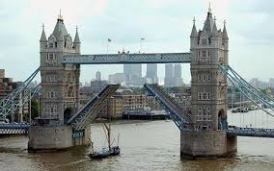
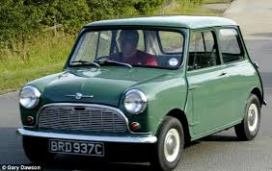
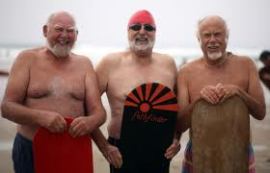

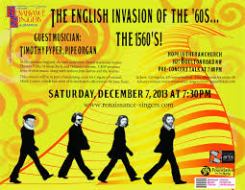
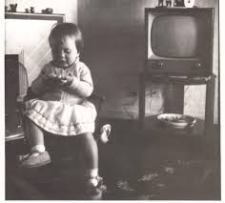
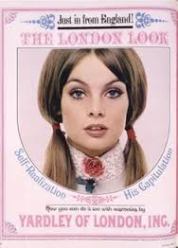
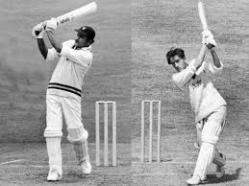
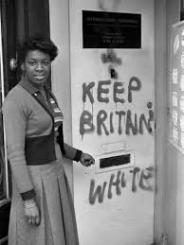

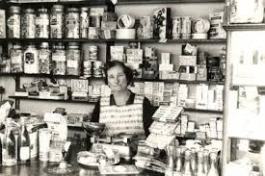
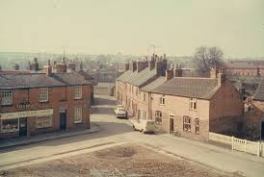
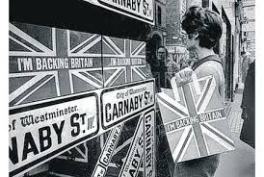


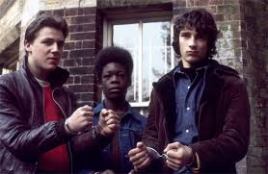
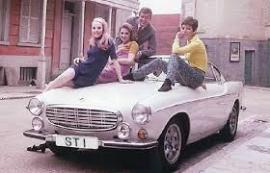
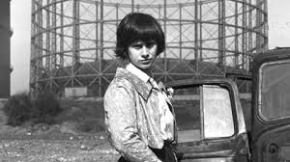

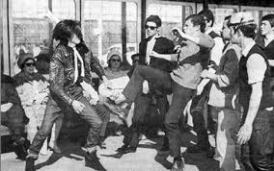




















 Gagosian GalleryBob Dylan in the late 1980s. He has proved elusive when questioned on his sources.
Gagosian GalleryBob Dylan in the late 1980s. He has proved elusive when questioned on his sources. Marcus Yam for The New York Times“Trade” by Bob Dylan.
Marcus Yam for The New York Times“Trade” by Bob Dylan. Henri Cartier-Bresson/Magnum PhotosA Henri Cartier-Bresson photograph from 1948.
Henri Cartier-Bresson/Magnum PhotosA Henri Cartier-Bresson photograph from 1948. Marcus Yam for The New York TimesBob Dylan’s painting “Opium,” on view at the Gagosian Gallery in Manhattan.
Marcus Yam for The New York TimesBob Dylan’s painting “Opium,” on view at the Gagosian Gallery in Manhattan. Musee d’Albert KahnLéon Busy’s photo “Woman Smoking Opium,” similar to the painting, is part of a debate about Mr. Dylan’s work.
Musee d’Albert KahnLéon Busy’s photo “Woman Smoking Opium,” similar to the painting, is part of a debate about Mr. Dylan’s work.










